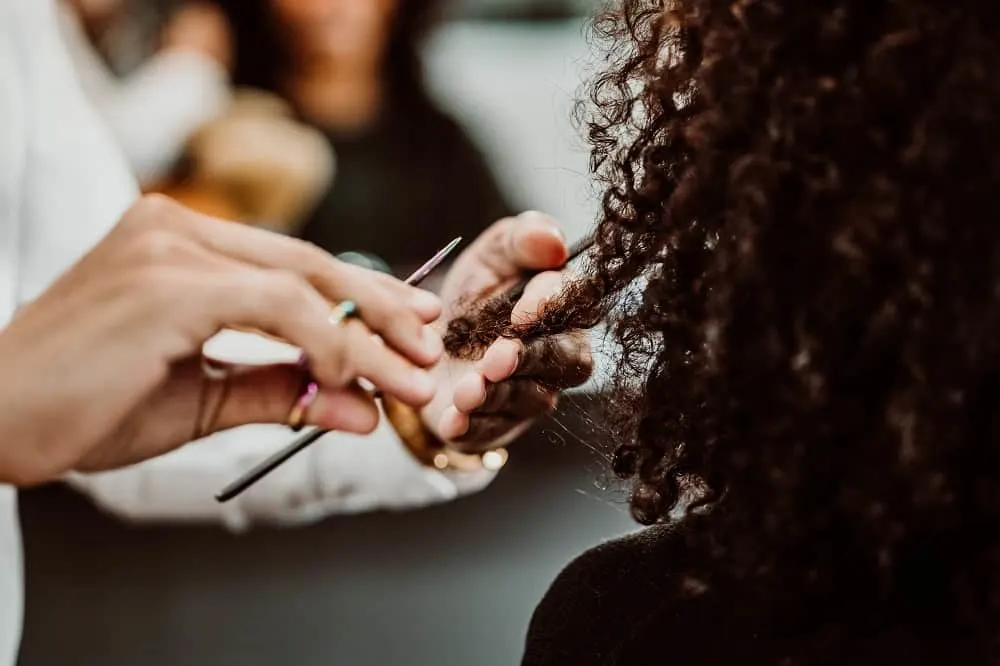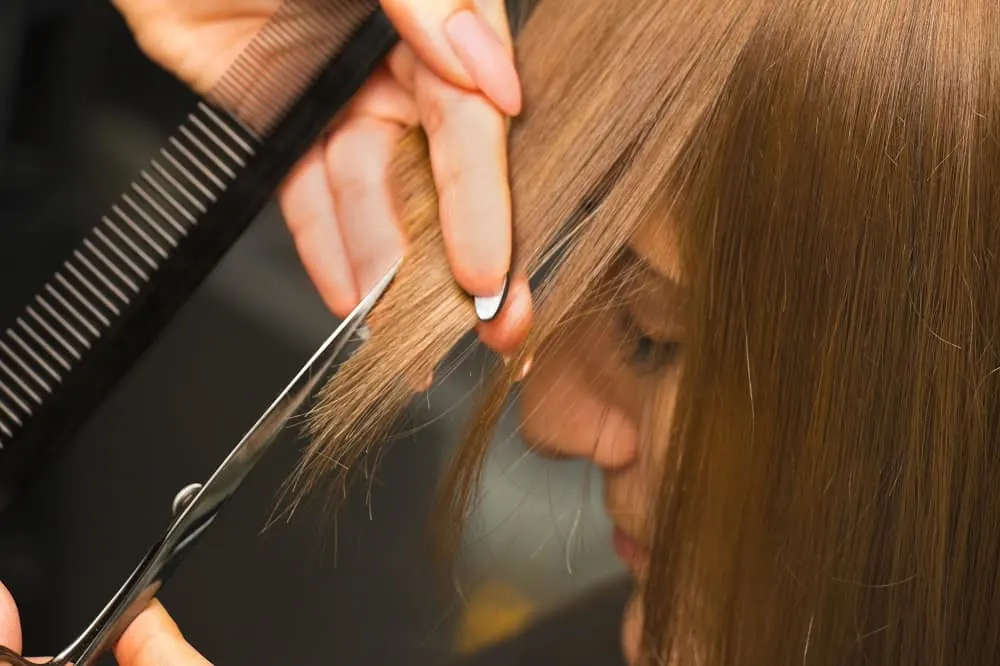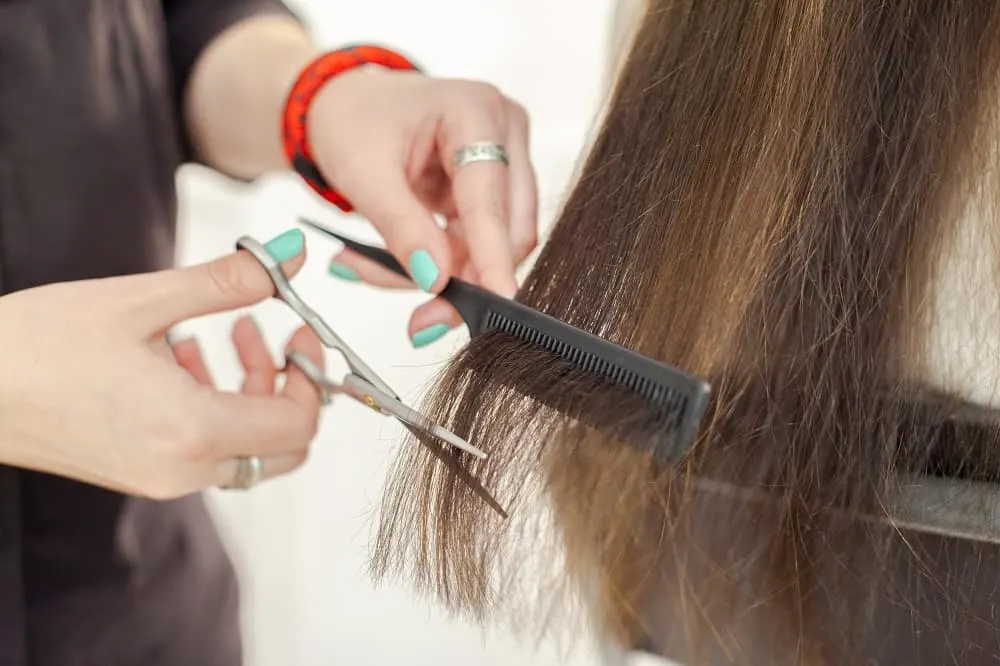Cutting hair dry is a great choice in some cases, but it’s not always the best option. If you’re considering a dry hair cut, you may want to know what are the pros and cons of cutting hair while dry. Know which hair types and styles work best with this technique to decide if it’s right for you with us.
Pros of Dry Hair Cut
Cutting hair dry has several advantages over cutting it when wet.
More Precise Haircut

By cutting your hair when it’s dry, your stylist can see exactly how it looks as it’s being cut. There’s no need to try to visualize how it will look once it dries. Since wet hair has more stretch, its length may be slightly different than when it’s dry, making a dry cut more precise.
Real-time Results
When you cut your hair while dry, you and your stylist can see the final result forming in front of your eyes. The benefit is that you can course-correct along the way and not wait until the final blow dry to see any issues.
Better for Highlights
Subtle highlights are more challenging to see when hair is damp. If your stylist needs to cut or avoid highlighted areas to achieve your desired look, cutting your hair while dry will make that easier.
Better for Curly Hair

If you have curly (or wavy or coily) hair, cutting it wet is more challenging than cutting it dry. If you cut it wet, it’s impossible to know how the curls will look after your hair has dried.
Cutting curly hair while it’s dry allows your stylist to see how the curls look and make sure they fall nicely together.
Better for Movement
For free-flowing hairstyles, your stylist can see how your hair moves better when it is dry, and they can trim as needed to increase the appearance of movement in your style. Wet hair won’t allow for the same effect.
Better for Bangs

If you’re having bangs cut into your hair and are nervous about how they may turn out, a dry cut will allow you to see how they will look before the cut is complete. You can then suggest changes as you go.
Better for Damaged Hair
When your hair is wet, it sticks together, making it more difficult for your stylist to spot areas where your hair is damaged. By cutting dry, your stylist can identify damaged areas and trim them as needed.
Cons of Dry Hair Cut
There are a few disadvantages to be aware of when considering cutting your hair dry.
Doesn’t Work With All Hair Types or Styles
As discussed, curly hair and certain styles turn out best when hair is cut dry. But beyond those special cases, your stylist will likely recommend cutting it wet because it’s easier to achieve straight lines and keep your hair parted correctly.
Potential Damage

Hair has to be cut in a specific way and angle to avoid damaging it when it’s dry. Using the wrong type of scissors can also damage dry hair. Damp hair is more forgiving for cuts, and there is less chance of damaging the hair cuticles.
Requires Knowledge
Cutting hair dry is more challenging than cutting it wet. It requires knowing the specifics, including the correct angle to hold the scissors. If you want a dry hair cut, it’s best left to a professional stylist. It is not something you should attempt at home.
More Time-consuming and Expensive
Because of the special care required when cutting dry hair, your stylist will spend considerably more time cutting. Depending on the texture of your hair, you could expect your cut to take around an hour. More time in the salon chair will likely translate to added cost as well.
Knowing the pros and cons of a dry haircut can help you decide whether it is right for you and your hair. If you have a type of hair that can benefit from cutting hair dry, you should talk to a professional stylist about trying it out.
